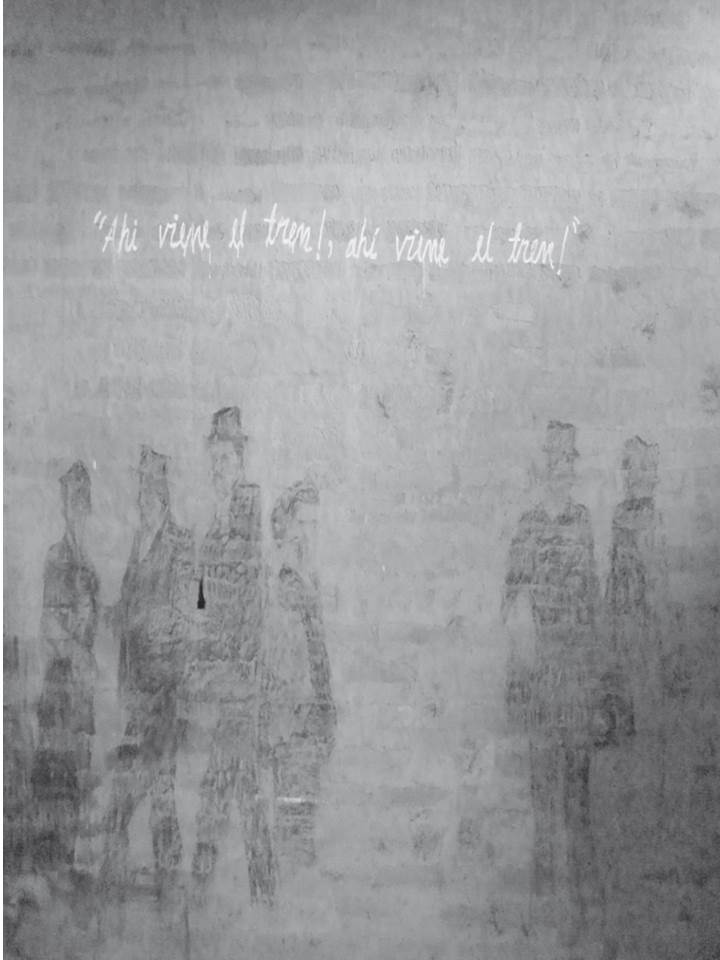Abstract
This article is intended to show in a very general way the relationship between history and industrial heritage. It notesthat the definitions of heritage, patrimonialism and monumentalism have been understood from a historical perspectiveas static entities and in an individual and isolated manner. The concepts of cultural and industrial heritageand industrial landscape are elaborations in objective construction within governments, a field in which history takesone space in the field of research. It brings up the possibility of interrelating methodologically history, anthropology,sociology, industrial archeology, marketing and legislation in the field of action in the current industry that arises inglobalization. The Ferrocarril de Antioquia, current garages of Metro de Medellín, Fabricato and nearby homes meetthe conditions to be considered industrial landscape.Apuntes is registered under a Creative Commons Attribution 4.0 International Public License. Thus, this work may be reproduced, distributed, and publicly shared in digital format, as long as the names of the authors and Pontificia Universidad Javeriana are acknowledged. Others are allowed to quote, adapt, transform, auto-archive, republish, and create based on this material, for any purpose (even commercial ones), provided the authorship is duly acknowledged, a link to the original work is provided, and it is specified if changes have been made. Pontificia Universidad Javeriana does not hold the rights of published works and the authors are solely responsible for the contents of their works; they keep the moral, intellectual, privacy, and publicity rights.
Approving the intervention of the work (review, copy-editing, translation, layout) and the following outreach, are granted through an use license and not through an assignment of rights. This means the journal and Pontificia Universidad Javeriana cannot be held responsible for any ethical malpractice by the authors. As a consequence of the protection granted by the use license, the journal is not required to publish recantations or modify information already published, unless the errata stems from the editorial management process. Publishing contents in this journal does not generate royalties for contributors.


